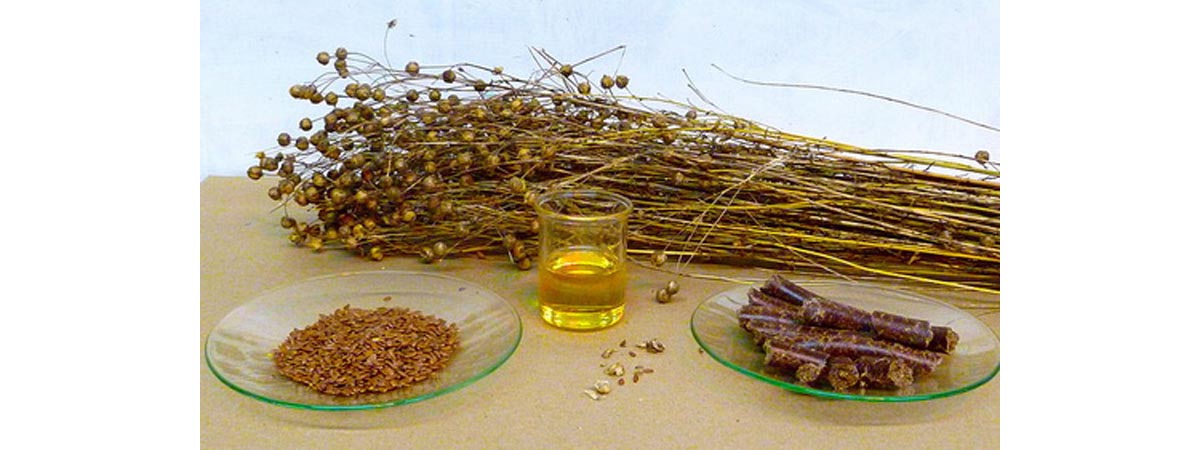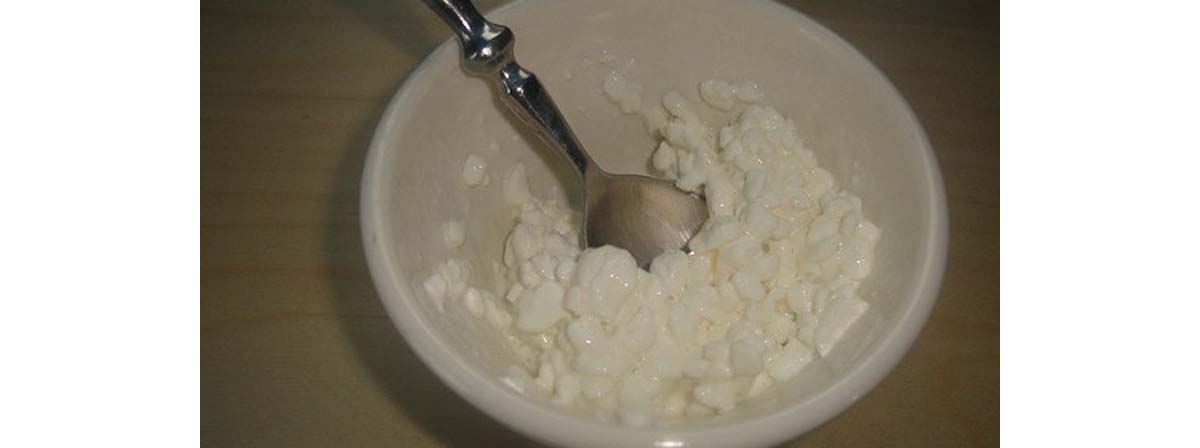Some scientists tell us that about 70% of the way our bodies respond to food is programmed in our genes, and only about 30% of the way our bodies respond to food is due to variations in the food itself. That 30%, however, can make the critical difference in beating cancer. The big question in eating right to beat cancer is which diet will work for you?

And if you have a persistent problem with metallic tastes, loss of taste or smell, or nausea after chemotherapy, and you don't feel the need to go 100% "natural," the Budwig diet may be the right choice for you.
Who Was Johanna Budwig?
Dr. Johanna Budwig (1908-2003) was a German biochemist who developed a dietary therapy for people who had advanced cancer in the early 1950's. At the time, the only commonly available options for treating cancer were surgical amputations, whole-body radiation treatments, and potently toxic chemotherapy. Oncologists often recommended that patients should not consume fresh fruits or vegetables because it was thought that excesses of vitamin C and vitamin E could cause a paradoxical pro-oxidant effect that would actually accelerate the growth of cancer.
Put on restrictive diets, treated with harsh chemotherapy and radiation, many cancer patients of the 1950's actually died of starvation rather than from cancer. Dr. Budwig's diet was an effort to ensure that cancer patients got adequate nutrition while avoiding plant foods that at the time were thought to cause cancer, without aggravating problems with mucositis (inflammation of the lining of the mouth), nausea, or vomiting.
What Is the Budwig Diet?
As was common among nutritional scientists in her day, Dr. Budwig made a special effort to ensure that cancer patients got both kinds of essential fatty acids, both the n-6 essential fatty acids (which are abundant in most plant oils) and the n-3 essential fatty acids (which are more easily obtained from fish oil).
Budwig also recognized that a suitable cancer diet should be bland, so it does not trigger any sensory memories of nausea or vomiting, inexpensive, and easy to prepare. She was able to concoct such a diet even in the austerity of post-World War II Germany.
The Basics of the Budwig Diet
Dr. Budwig's diet was based on her personal observation that people who had cancer who consumed more foods that contained linoleic and linolenic acids, the n-6 essential fatty acids found in flaxseed and other plant seed oils, tended to live longer with cancer.

While modern commentators often label the n-6 essential fatty acids as "proinflammatory" and therefore "bad," it was commonly recognized at the time that the process of inflammation is also essential in cancer recovery.
The immune system, after all, fights infection with inflammation. Macrophages break up cancer cells by releasing inflammatory substances. Particularly at the end of an era in which hundreds of millions of people faced food shortages and even starvation, it was widely understood that even "bad" essential fatty acids are just that, essential in the diet, and should be consumed in moderate amounts along with their "good," anti-inflammatory counterparts.
The least expensive and most available source of both "good" and "bad" essential fatty acids in Budwig's time in Germany was flaxseed oil. This simple seed oil contains both n-6 and n-3 fatty acids. It doesn't do any good, however, for the body to regulate inflammation unless it also has all the amino acids it needs to make proteins that become enzymes, hormones, cell regulators, and newly restored tissues. The easiest way to get protein in a time when meat was scarce was to consume cottage cheese.
Vegans may argue, correctly, that plant foods contain all the different kinds of amino acids our bodies ned to make protein, that we just need to eat a large variety of plant foods every day. The problem with eating a large amount of anything when you have cancer, however, is that nausea and vomiting and intestinal problems cause considerable discomfort. Eating small amounts of food of animal origin provides all the amino acids the body needs to make protein without more bulk that the damaged digestive tract and handle.
Dr. Budwig was also one of the first advocates of juicing--although in addition to consumption of essential fatty acids and protein, not instead of it--and supplementation with resveratrol.
And her diet is blissfully simple to follow:
- Consume 45 ml (3 tablespoons) of flaxseed oil every day, and
- Eat 75 grams (a little less than 3 oz.) of cottage cheese every day.
Now that we know that fruit is not actually dangerous for cancer patients--it does not contain the tens of thousands of milligrams of vitamin C that have a pro-oxidant effect, which in any case the digestive tract could not absorb--it doesn't hurt to put the flaxseed oil and cottage cheese in a smoothie. Be sure not to use your favorite fruit for making your smoothie.
Just in case you have a gastrointestinal reaction to treatment, you don't want to make an unfortunate memory of nausea, vomiting, or diarrhea with your favorite food. The blandness of the other two elements of Dr. Budwig's diet minimize the risk of bad food memories during cancer treatment.
In her book Cancer: The Problem and the Solution, Budwig noted that cancer patients who followed her diet for 3 months often saw their tumors disappearing. That seems like a lot to expect from flaxseed oil and cottage cheese. But if you follow Dr. Budwig's directions in your daily diet, you will at least cover two of your most important nutritional bases, and you can spend more time on the other activities that help you get well and help keep your life worth living--at a very small out-of-pocket expense.
- Budwig J. [Cytostatic or cytodynamic control of cancer?].Hippokrates. 1956 Oct 15. 27(19):605-12. German.
- Hübner J, Marienfeld S, Abbenhardt C, Ulrich CM, Löser C. [How useful are diets against cancer?]. Dtsch Med Wochenschr. 2012 Nov. 137(47):2417-22. doi: 10.1055/s-0032-1327276. Epub 2012 Nov 14. German.
- Photo courtesy of Handwerker by Wikimedia Commons : en.wikipedia.org/wiki/File:From_flax_to_linseed_oil..JPG
- Photo courtesy of Chris Corwin by Flickr : www.flickr.com/photos/flickerbulb/161841382/


Your thoughts on this